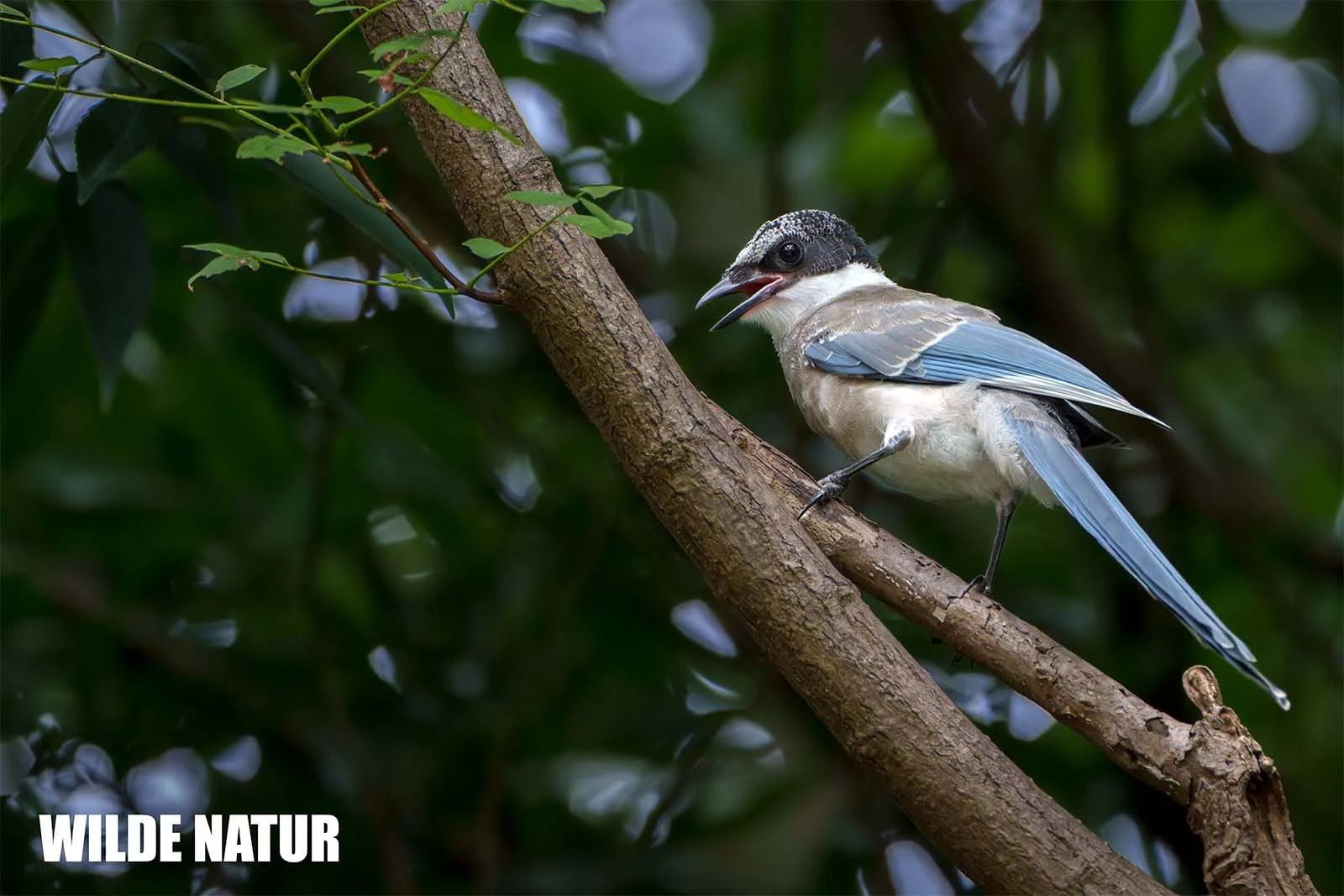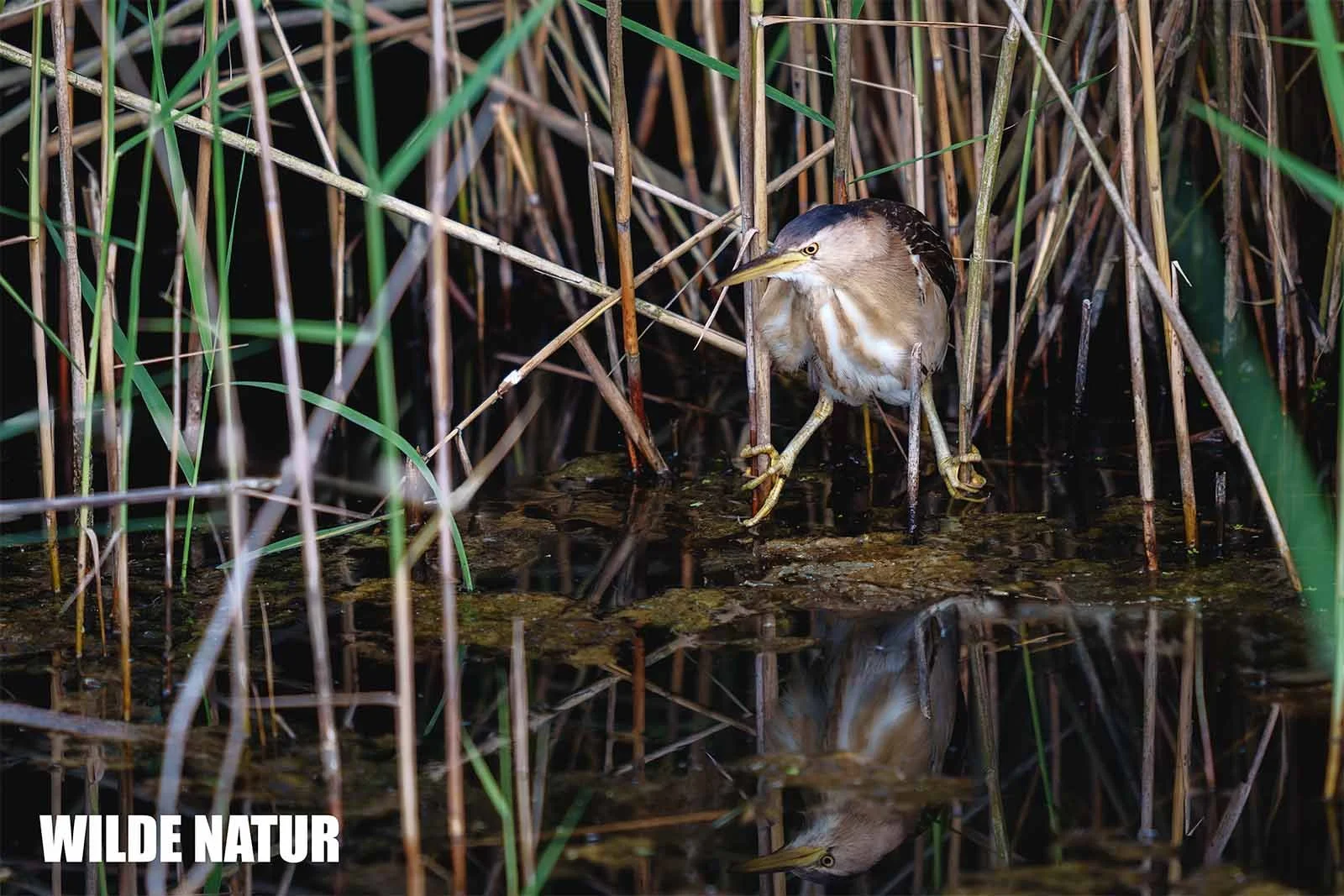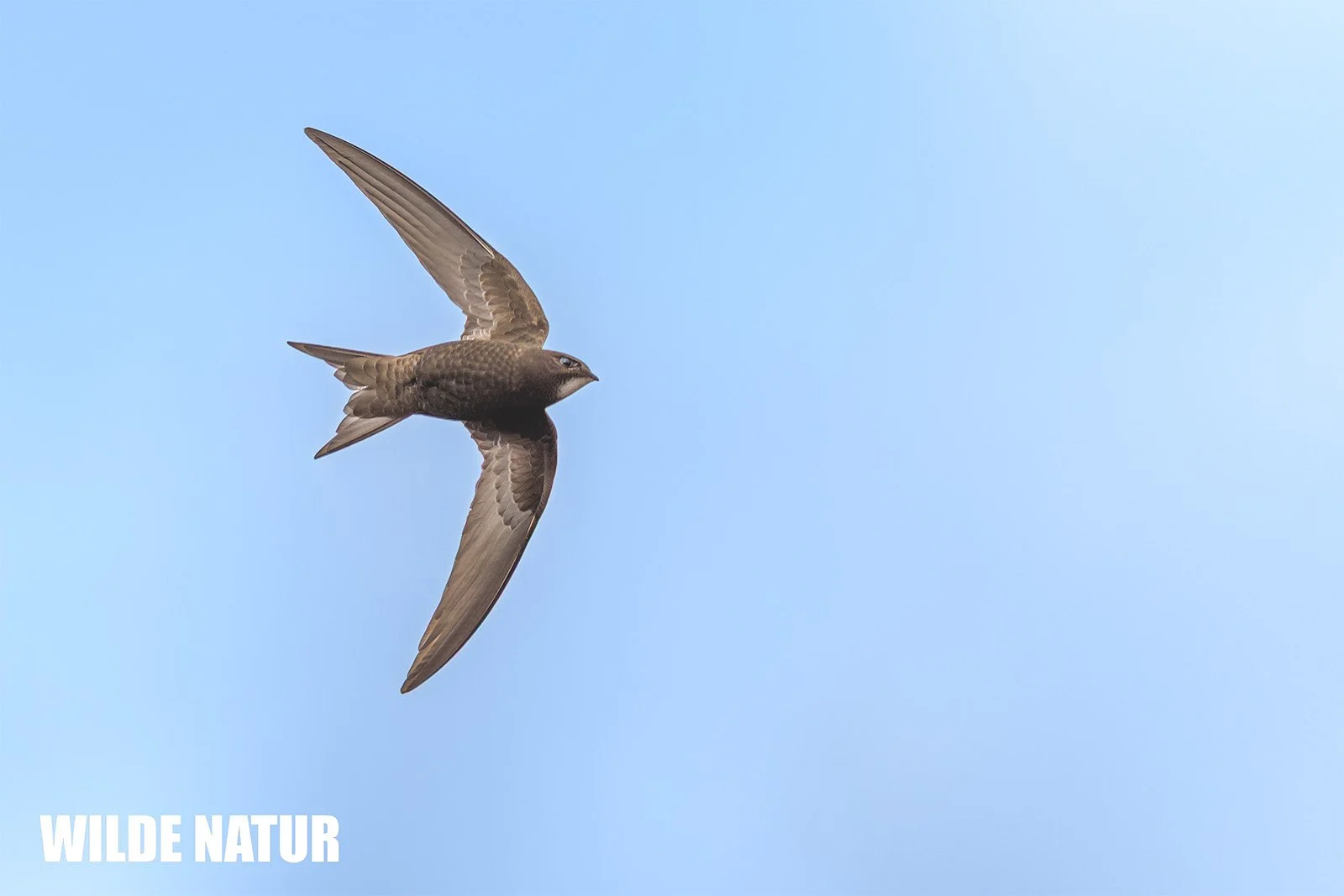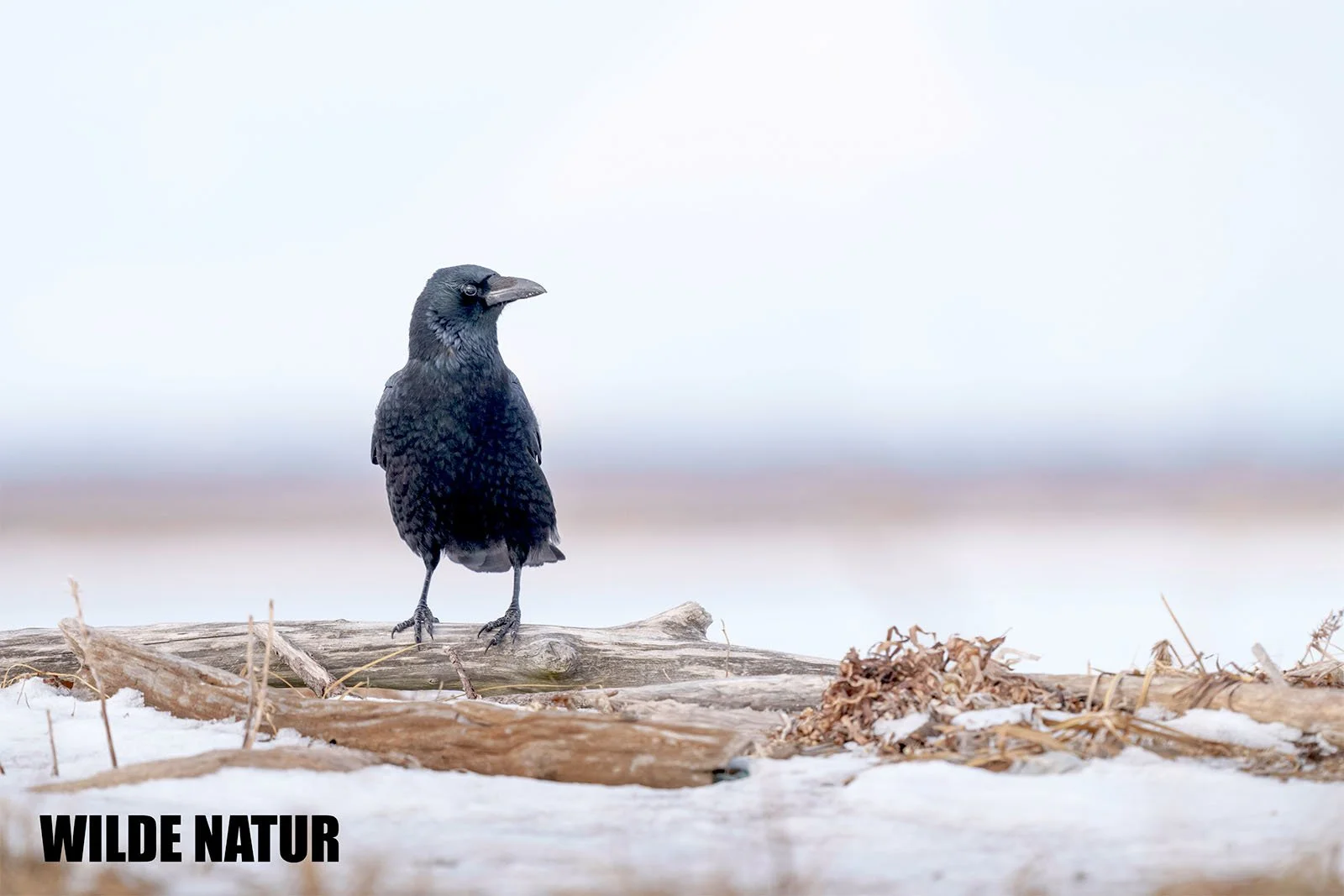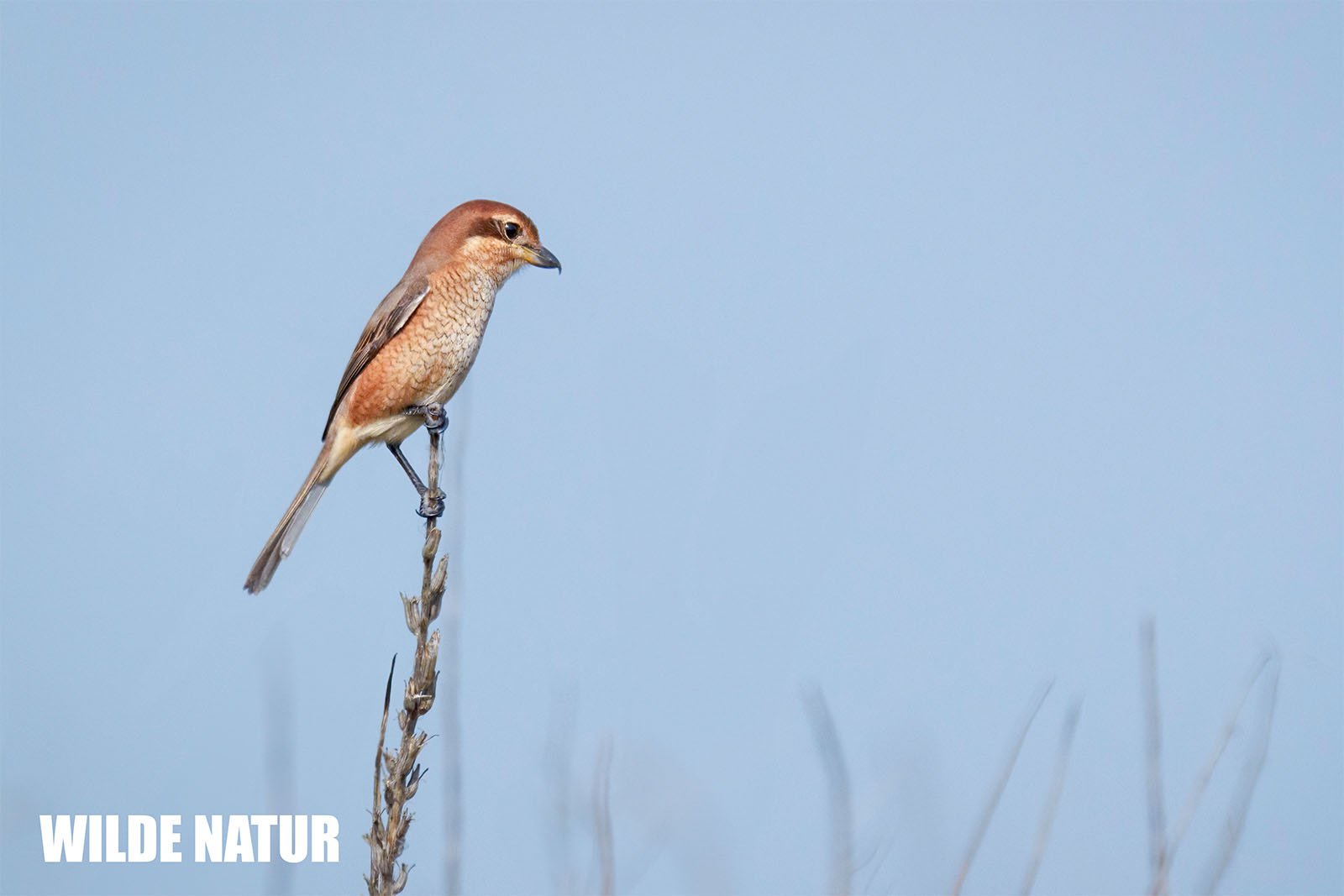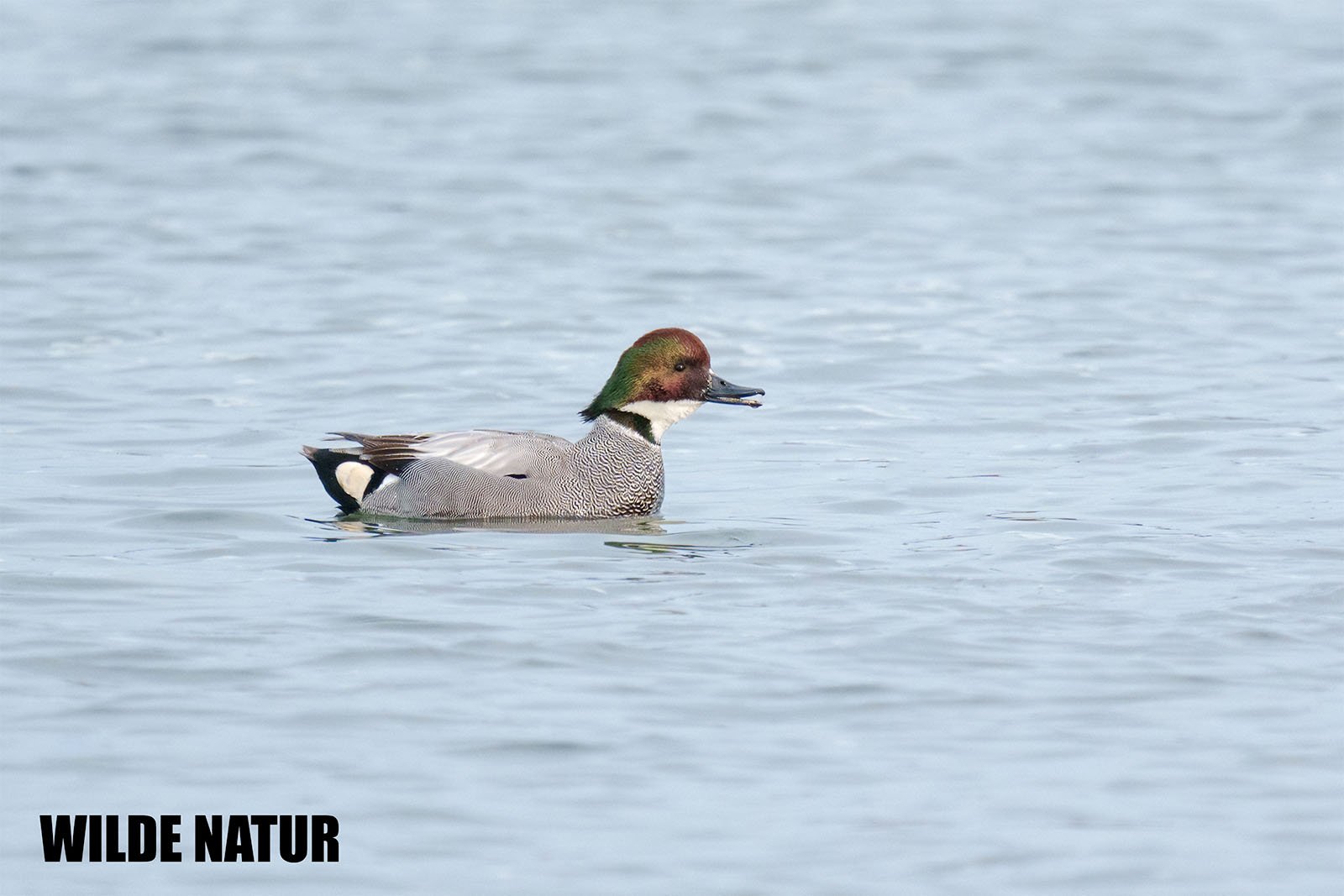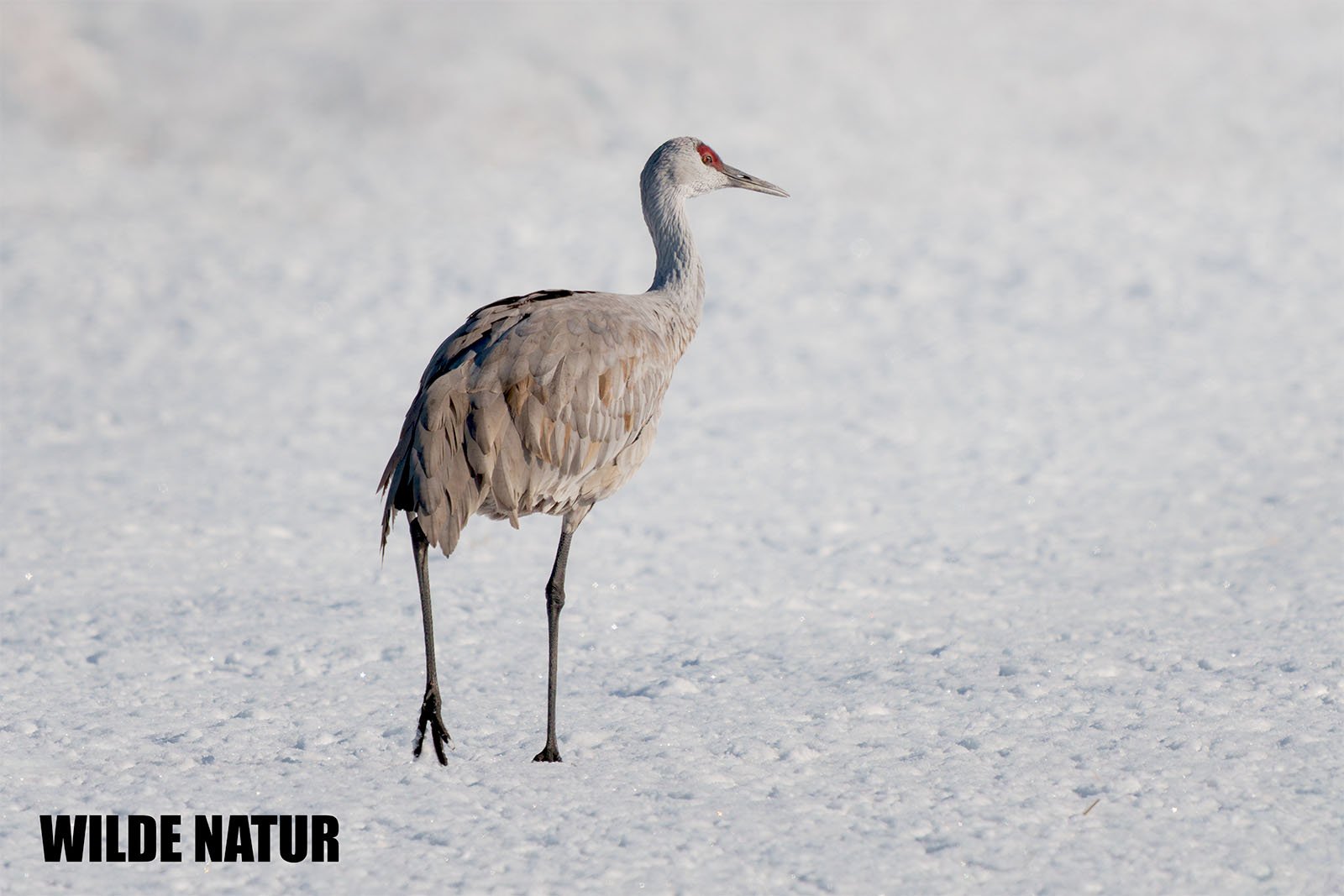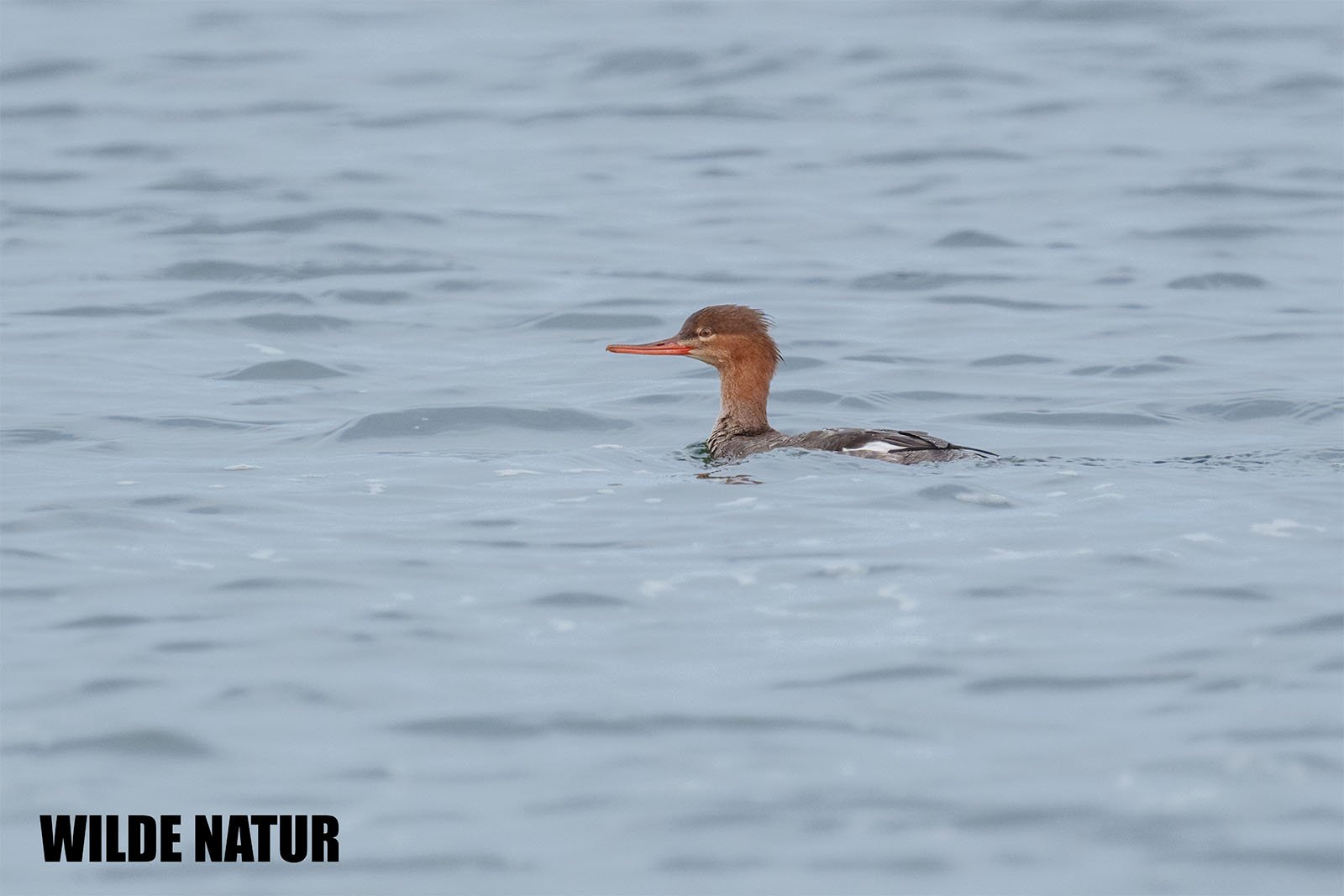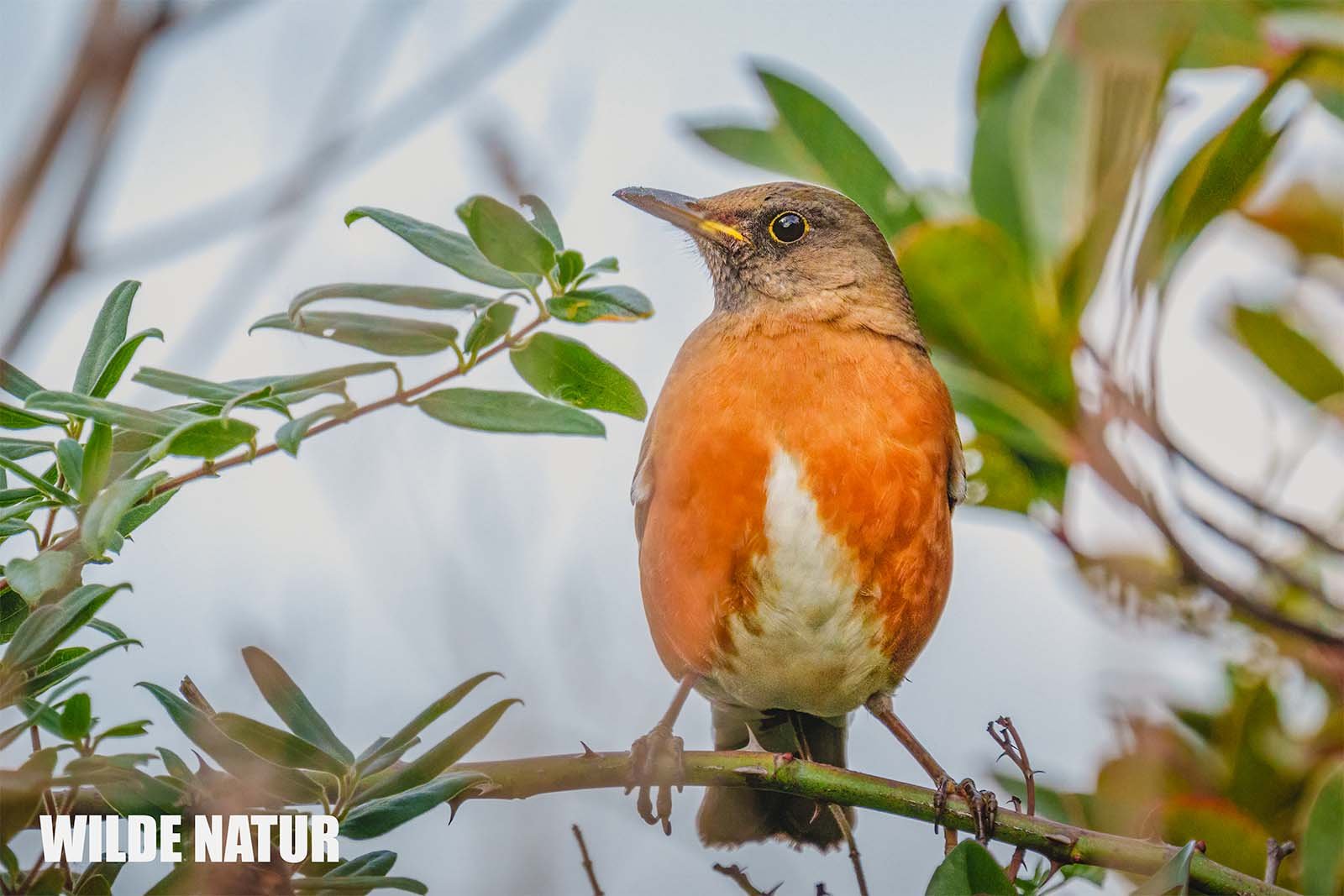Greater whitethroat (Curruca communis)
Greater whitethroat (Curruca communis)
Greater whitethroat (Curruca communis)
Common Whitethroat (Curruca communis)
Common Whitethroat – The Agile Singer of Scrubland
The Common Whitethroat (Curruca communis) is a characteristic bird of semi-open landscapes, where thorny bushes, hedgerows, and field groves play a key role. One of its most distinctive traits is its display flight, where it flutters up and down with rapid wingbeats and a slightly fanned tail. During the breeding season, it stands out due to its raspy song, which often includes imitations of other birds. In some regions, it appears to share territories with the Red-backed Shrike, possibly benefiting from the presence of thorny vegetation.
Table of Contents
- Key Facts
- Appearance & Features
- Habitat & Distribution
- Breeding & Nesting
- Song & Behavior
- Diet & Feeding Habits
- Shortlist – All Key Facts at a Glance
- FAQ – Frequently Asked Questions
- Conclusion
1. Key Facts
- Size: 13–15 cm, similar to the Blackcap
- Flight Pattern: Undulating with fluttering wingbeats
- Distinctive Features: Reddish-brown wings, whitish belly, often a grayish head
- Habitat: Prefers thorny bushes, hedgerows, and young forest edges, often found near Red-backed Shrikes
- Breeding: The male builds several nests, and the female selects one and lines it with soft materials
- Diet: Insects, spiders, and berries in autumn
2. Appearance & Features
The Common Whitethroat is a medium-sized warbler whose plumage can appear different depending on the lighting. In sunlight, it has warm brown tones, while in overcast conditions, it looks more gray-beige.
Male
- Gray head with a pale eye-ring, which can appear more or less contrasting depending on the light
- Throat lighter than the chest, sharply defined
- Wings with a reddish-brown hue, particularly visible in flight
Female & Juveniles
- More brownish-beige overall, lacking a clearly contrasting eye-ring
- Darker iris than the male, which can help with identification
- Less reddish on the wings, instead appearing more subtly brown
Another distinguishing feature is how the Common Whitethroat flicks its tail up and down when perched, a trait not commonly seen in other warblers.
3. Habitat & Distribution
While many warbler species rely on forested habitats, the Common Whitethroat thrives in secondary habitats that develop after fires or deforestation.
Typical Habitats
- Thorny shrubs, hedgerows, and bushy meadows
- Light forest edges with dense undergrowth
- Fallow fields with dense vegetation
- Burnt areas, clear-cuts, and young reforestation sites
In late summer, it is often found in fruiting gardens and abandoned orchards, where it switches to a diet rich in berries.
4. Breeding & Nesting
The Common Whitethroat exhibits a unique nesting behavior that sets it apart from many other songbirds.
- The male constructs multiple unfinished nests, which are often loosely built.
- The female selects one nest and lines it with soft materials.
- Nest location: In dense bushes, usually 0.5 to 1.5 meters above the ground
- Incubation period: About two weeks, with chicks staying in the nest for another 10 to 14 days
5. Song & Behavior
Song
- Raspy, rough phrases, often with sudden changes in pitch
- Frequently mimics other birds, making it sometimes tricky to identify
- Display flight is undulating, with brief gliding phases
Behavior
- Often perches on high branches or fence posts, singing persistently
- When agitated, it frequently flicks its tail up and down
- Moves silently and skillfully through dense vegetation
6. Diet & Feeding Habits
The Common Whitethroat’s diet varies significantly with the seasons.
- Spring & Summer: Primarily insects, spiders, larvae
- Autumn: Supplements diet with berries and small fruits, particularly elderberries, hawthorn, and blackberries
During migration, it can often be seen in vineyards or among berry-rich shrubs.
7. Shortlist – All Key Facts at a Glance
- Size: 13–15 cm
- Features: Long-tailed, reddish-brown wings, gray head (male)
- Habitat: Thorny scrub, hedgerows, field groves, heathland
- Nest: Male builds several, female selects and lines one
- Song: Raspy strophes, often includes mimicry of other birds
- Diet: Insects, spiders, berries in autumn
8. FAQ – Frequently Asked Questions
How can you tell the Common Whitethroat from the Lesser Whitethroat?
The Common Whitethroat has a warmer brown back, a reddish tinge on the wings, and a paler throat, while the Lesser Whitethroat has a more grayish appearance and lacks the reddish wing tones.
Why is the Common Whitethroat often found near Red-backed Shrikes?
Both species prefer thorny vegetation, which offers nesting protection and an abundance of insects.
Where is the best place to spot a Common Whitethroat?
Look in hedgerows, scrubland, or young reforestation areas, especially in late spring and summer.
Does the Common Whitethroat migrate?
Yes, it is a long-distance migrant, wintering in sub-Saharan Africa.
9. Conclusion
The Common Whitethroat is a fascinating warbler known for its versatility and adaptability. It thrives in various habitats, from thorny hedges to regenerating woodlands and abandoned fields. Its song, which includes imitations of other birds, and its characteristic display flight make it a unique species in the avian world.
Tip for Birdwatchers: To find the Common Whitethroat, visit hedgerows and scrubby landscapes in spring and summer, especially in areas where Red-backed Shrikes are present.



